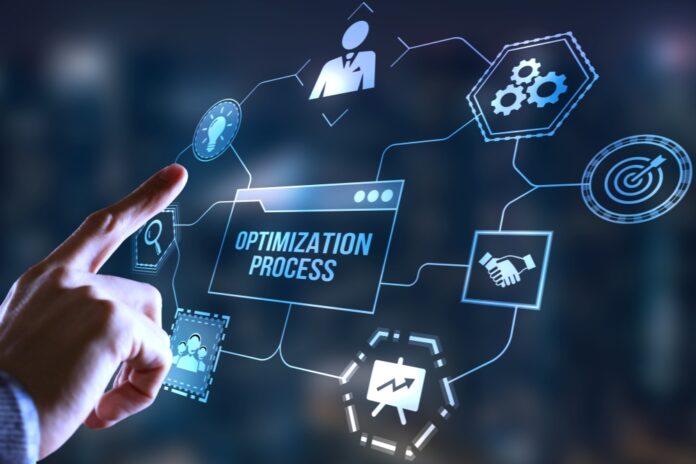Sponsored: The lawful interception and mediation programmes that communications service providers (CSPs) are mandated to integrate into their platforms fulfil a social responsibility as well as a legal one
Providing robust, secure data turnover and chain of evidence to law enforcement agencies (LEAs) and the intelligence community (IC) is critical for justice and public safety. At the same time, properly securing and executing warrants or other legal authorizations is a prerequisite for protecting subscribers’ legal rights to privacy. CSPs must address these conflicting requirements in the context of fiscal concerns to satisfy both internal and external stakeholders.
This combination of legal, societal, and efficiency requirements placed on mediation programs creates a distinct set of challenges. CSPs must optimize the technology platforms for lawful interception and mediation, as well as the associated processes, to fulfil their responsibilities, protect themselves from liability, and meet budgetary imperatives. The best practices discussed here can help guide those efforts.
Best Practice #1: Formalize Processes at the Core of the Mediation Program
Formalizing and documenting the processes associated with mediation platforms helps capture and operationalize internal as well as external expertise. In day-to-day operations, this supports repeatability and efficiency and allows the provider to support rapid resolution of any issues that arise.
For example, proper access to, and authority over, the environment helps teams identify and resolve incidents before they interfere with data interception and turnover, reducing the need to assess and remediate individual incidents as they arise. Likewise, formal guidelines should specify when an issue needs to be escalated internally or to the platform vendor to drive further efficiencies.
SS8 engages with CSPs to help develop those processes as well as guide the implementation of the technologies needed to support them. This work helps increase the efficiency of the CSP’s internal mediation operations as well as accelerate joint resolution of issues that require our involvement. SS8’s support organization has reduced the duration of our clients’ average case life cycle by 50% in the past two years, and improvement in this area is an ongoing imperative.
Best Practice #2: Dedicate the Right Skill Sets
Optimizing a mediation program requires the right team resources to administer and support the associated technology. The skill sets required are highly distinct from those of general IT resources, with specialized expertise needed in areas such as call processing, connectivity, and signal flow. These requirements reveal the shortcomings of treating mediation as a subset of general IT. Instead, CSPs should encourage specialization by recruiting and training team members with specific backgrounds that align with the mediation program requirements.
In addition to optimizing mediation platforms and operations, CSP subject matter experts facilitate deep integration with SS8 engineering resources. This collaborative engagement provides both tactical and strategic advantages to CSPs. It provides internal teams with daily, open-ended expertise that keeps mediation running smoothly and accelerates the time to resolution for issues that arise. From a broader perspective, SS8‘s comprehensive knowledge of, and perspective on, the industry benefits CSPs as they integrate mediation strategies into their technology roadmaps.
Best Practice #3: Create a Culture of Constant Evolution
A rapid and constant state of innovation is a hallmark of the telecommunications industry. To manage this perpetual change, CSPs must anticipate and prepare for the impact any new capability or component will have on their mediation function. SS8 is constantly engaged in helping customers update processes and create test scenarios to accommodate these requirements, drawing on broad industry experience to tailor general requirements to the needs of specific customers. That involvement helps expand relevant skill sets within the CSP, improve the efficiency of adoption, and guard against shortcomings in implementation.
The CSP’s technical training function is instrumental to keep pace with this evolution of technologies and to prepare the mediation teams. SS8 is at the forefront of industry developments, with deep insight into implementations of lawful intercept and mediation at every scale and across international jurisdictions. This gives our customers early access to emerging technical information that prepares them to thoroughly support new architectures and capabilities.
CSPs regularly engage with SS8 client teams to check the status and health of their mediation programs and identify optimization opportunities. Quarterly business reviews provide a more in-depth, strategic assessment of emerging capabilities that can support new technology and service offerings, giving CSPs a dynamic and proactive perspective that helps ensure stability in the face of change.
Conclusion
Maintaining lawful interception and mediation platforms is a prerequisite for CSPs to meet legal, societal, and business requirements. Success depends on creating and adhering to effective standards and procedures, engaging the right team resources to, and embracing constant change. SS8 solves for this entire spectrum of needs, drawing on more than two decades of industry leadership to help customers meet current and future requirements.
About the authors




